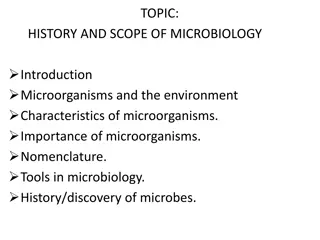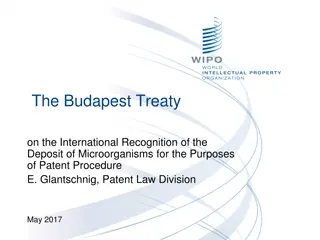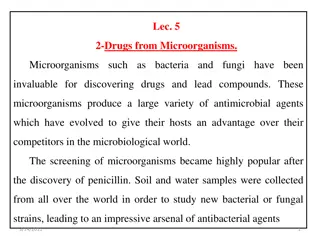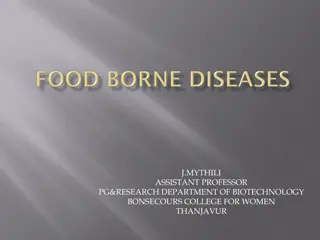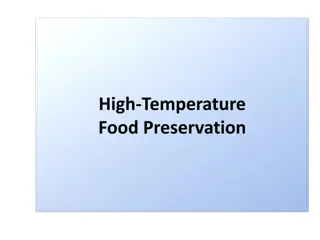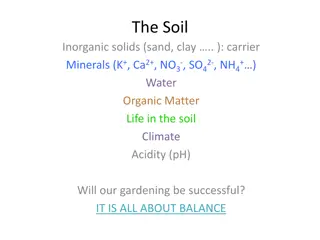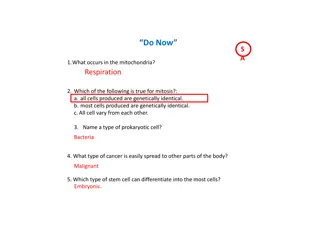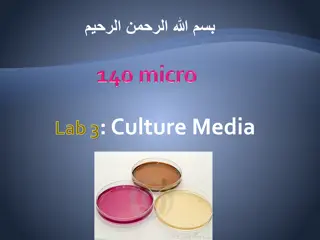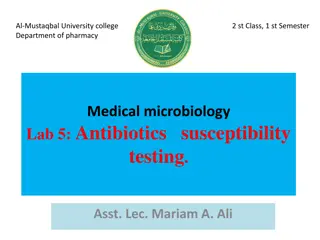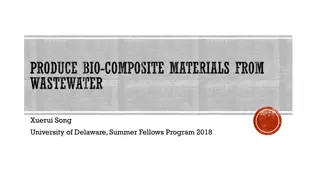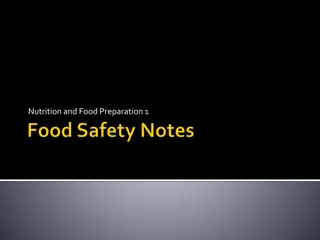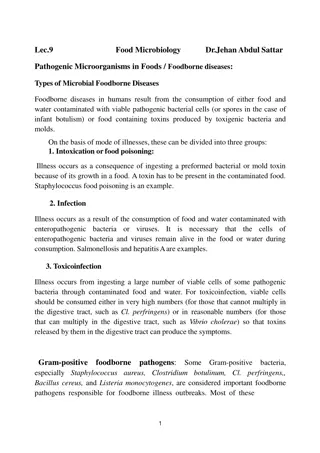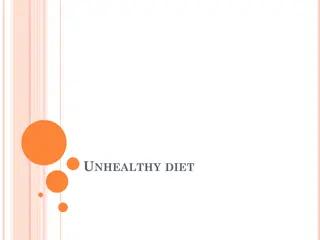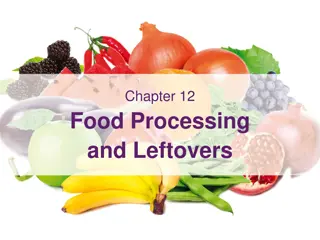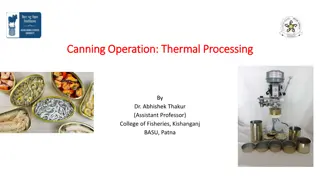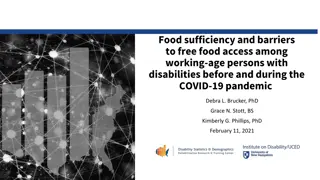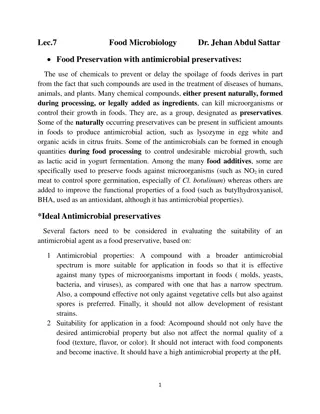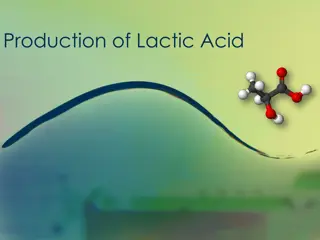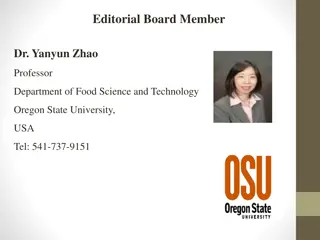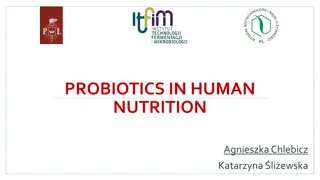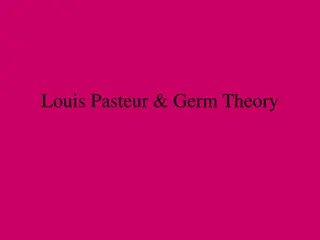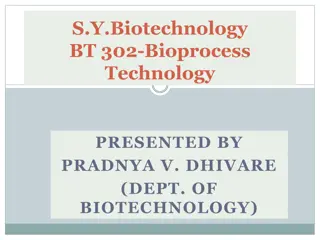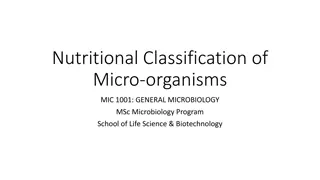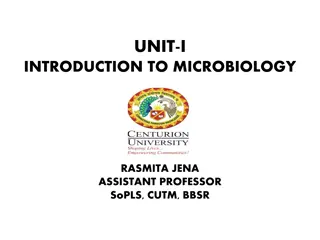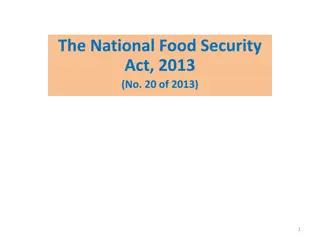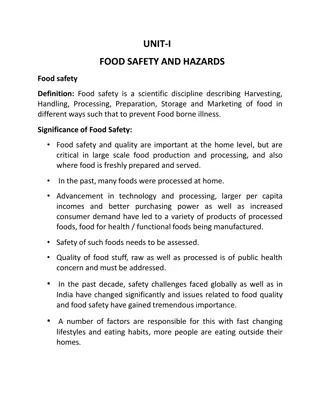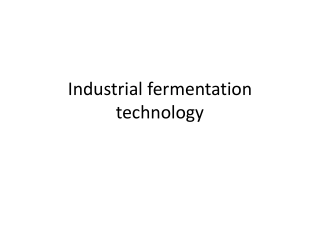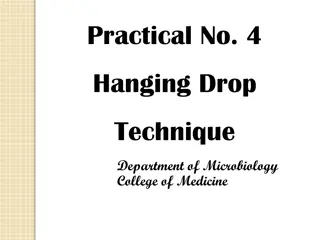Understanding the Impact of Microorganisms on Food
Microorganisms play a vital role in food supply, either beneficial for food bioprocessing or undesirable causing food spoilage and foodborne diseases. They can be utilized for food preservation and probiotics, but their growth and enzymatic activities can also lead to food deterioration. This article delves into the various impacts of microorganisms on food quality and safety.
Download Presentation

Please find below an Image/Link to download the presentation.
The content on the website is provided AS IS for your information and personal use only. It may not be sold, licensed, or shared on other websites without obtaining consent from the author. Download presentation by click this link. If you encounter any issues during the download, it is possible that the publisher has removed the file from their server.
E N D
Presentation Transcript
FOOD MICROBIOLOGY CLS 416
Principle of food microbiology Food supply consists basically of plants and animals or product derived from them, it is understandable that our food supply can contain microorganism in interaction with food. These microorganisms use food supply as a source of nutrients for their own growth. These will cause 2 possibilities: Deterioration of food ( spoilage ) OR Food industry,beneficial to human
What is the impact of microorganisms on food? Good (desirable) Bad (undesirable) Food bioprocessing Foodborne disease Food biopreservation Food spoilage Probiotics Good (desirable): Food bioprocessing- food industry. Foods produced by using biological processes. In this process. Microorganisms are used to produce different types of fermented food using raw materials from animal and plant sources (this process known as starter culture ) Microbial enzymes are also being used to produce food and food additives
Food biopreservation Is adding food biological preservative, by using antimicrobial metabolites (taken from certain microorganisms in order to control pathogenic and spoilage microorganisms in foods). Probiotics Is a concentrated supplement of beneficial live cells of bacterial (friendly bacteria) culture taken orally intended to improve our health by promoting our body s natural immunity and improving digestion. Increase absorption of minerals & vitamins. Example of probiotics in food: foodMilk- baby milk nowadays is added with Lactobacillus acidophilus and Bifidus bacteria. Cheese- friendly bacteria that is added in cheese is Lactobacillus.
BAD (UNDESIRABLE) Foodborne disease Is a disease cause by consumption of contaminate during various stage of handling between production and consumption by many pathogenic microorganisms (bacteria, molds and viruses). Food spoilage Contamination of food due to: Growth of microorganisms in food OR The action of microbial heat stable enzymes Microorganisms use food as a source of nutrients for their own growth.
How microorganisms can cause spoilage of the food? microorganisms use the food as their source of nutrients for growth. By increasing their numbers, utilizing nutrients, producing enzymatic changes and contributing off flavours by means of breakdown of a product or synthesis of new compounds; microorganisms can spoil the food.
FOOD SPOILAGE Food spoilage can be defined as any changes in the visual, smell and texture of food that makes it unacceptable for consumption. Foods are subject to attack by microorganisms in a variety of ways. Such attack is harmful to the quality of food Foods are organic substance and hence provide adequate nutrients for the growth of wide varieties of microbes The physical and chemical characteristics of food and how it is stored determine the susceptibility to microbial attack.
TYPE OF FOOD SPOILAGE a. Physical spoilage Dehydration of vegetable b. Chemical spoilage Oxidation of fat Browning of fruits and vegetables c. Microbial spoilage Growth of microorganisms Enzyme production
CRITERIA / PARAMETERS ASSOCITED WITH FOOD SPOILAGE Odour Texture Shape Formation of slime Colour Flavour Gas production



